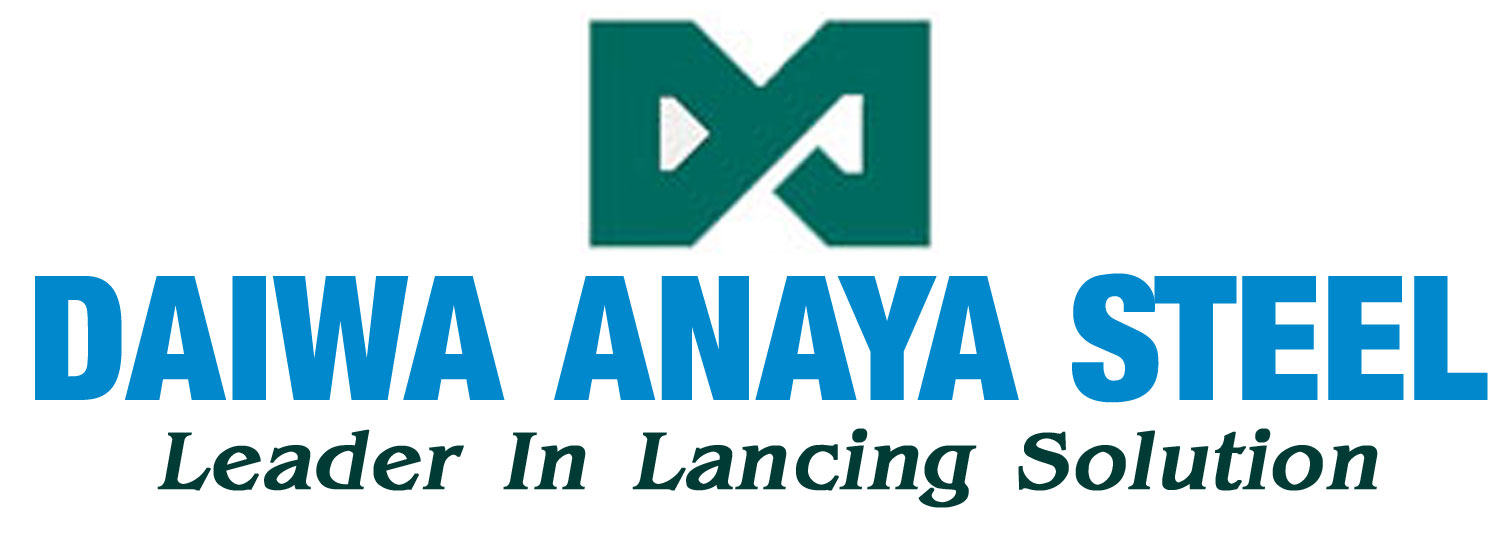Aluminium casting is a critical process across industries such as automotive, aerospace, and construction. However, one of the biggest challenges in aluminium melting is maintaining metal purity. Impurities like oxides and dissolved hydrogen gas can lead to porosity, inclusions, and reduced mechanical strength — ultimately compromising the quality of the final product.
The key to overcoming these issues lies in effective flux injection. Flux not only removes impurities and degasses the melt but also ensures cleaner and stronger castings.
How Melting Point Matters in Thermal Lance Cutting
Thermal Lances are widely known for their ability to cut through extremely tough materials with speed and precision. But have you ever wondered what makes them so effective? The secret lies in their ability to generate heat far beyond the melting points of most metals, enabling them to melt and break through even the hardest materials with ease.
In this article, we’ll explain why melting points matter in Thermal Lance cutting, how they impact performance, and where this technology is used in real-world industries.
How to Prevent a Thermal Lance from Burning Out During Cutting
A thermal lance is a highly effective tool for cutting, melting, and demolition in industrial applications. Powered by high-pressure oxygen and filled with steel rods, it generates intense heat capable of slicing through steel, concrete, and other hard materials. However, one common challenge operators face is the flame going out during use.
Flame interruptions can delay progress, waste oxygen, and demand repeated ignition efforts. To maximize efficiency and safety, it’s essential to understand why this happens and how to prevent it. This comprehensive guide walks you through the most common causes and proven practices to keep your thermal lance burning consistently.
Enhancing Durability and Corrosion Resistance: An Introduction to Powder Coated Pipes
Comprehensive Applications of Ceramic Coated Lance Pipes: A Detailed Guide
In the demanding world of metalworking and steel production, equipment that offers both durability and consistent performance is essential for maintaining efficiency and controlling costs. Among the various tools used in these industries, Ceramic Coated Lance Pipes (CC Lance Pipes) have emerged as a key component thanks to their superior wear resistance and ability to perform under extreme conditions.
This article provides an in-depth exploration of the applications and advantages of Ceramic Coated Lance Pipes, offering valuable insights for professionals across the steel and metal fabrication industries
The Power of Aluminum Diffusion in Extending CA Lance Lifespan
As industries move toward more sustainable practices, even small improvements in manufacturing methods can make a significant environmental impact. One such innovation is the Aluminum Diffusion method used in producing Calorized Lance Pipes—a game-changer for operations that involve high-temperature processes like steelmaking.
Frequent replacement of quick-consumption products leads to increased waste and higher operational costs. That’s why the development of energy-efficient, long-lasting lance pipes through advanced methods like Aluminum Diffusion plays a crucial role not only in enhancing performance but also in reducing environmental strain.
Advancing Sustainability Through Powder-Coated Steel Pipes
In alignment with the United Nations Sustainable Development Goals
(SDGs) for 2030, industries worldwide are increasingly shifting toward
materials and technologies that offer long-term value while reducing
environmental impact. One of the most effective steps we’ve taken in this
direction is the adoption of polyester resin powder coating—a proven
method for enhancing the performance and sustainability of steel pipes.
Through this innovation, we have developed two robust product lines:
Color-Coated Pipes and Powder-Coated Steel Pipes. These pipes are
designed not only to deliver superior mechanical performance and
corrosion resistance but also to minimize the need for frequent
replacements, thus contributing to responsible resource consumption.
Key Advantages of SC Lance for the Metallurgy Industry
The metallurgy industry is continuously evolving, with an increasing focus on cost reduction and efficiency enhancement. High-performance oxygen lance pipes play a crucial role in optimizing the metal-making process, and SC Lance stands out as a reliable solution. If traditional black pipes or mild steel pipes seem sufficient for your operations, you may wonder what sets our SC Lance apart. Below are four key advantages that demonstrate why our SC Lance is a superior choice.
Super Thick Refractory Coating for Heavy Lance
Metallurgy is often associated with factories filled with blazing furnaces, where temperatures can reach thousands of degree Celsius. In these extreme conditions, refractory materials play a crucial role. Heavy Lance, designed with a super thick refractory coating, is built to withstand temperatures exceeding 2,000°C while offering excellent resistance to wear and chemical corrosion. This article will help us understand what makes Heavy Lance exceptionally heat and thermal shock resistant.
Thermic Lance Cutting Application for Non-ferrous Metals
Thermic Lance is widely celebrated for its remarkable efficiency in cutting and melting ferrous metals, making it a preferred tool in many industrial applications. However, beyond its established use in ferrous metal processing, Thermic Lance also holds significant potential in the production and processing of non-ferrous metals.
In this comprehensive article, we will delve into the ways Thermic Lance proves to be an invaluable asset in the non-ferrous metal industry. The production of non-ferrous metals often involves unique challenges, including different melting points, oxidation rates, and thermal conductivities, which can complicate traditional cutting and melting methods. Thermic Lance, with its high-temperature capabilities and precision, offers an effective solution to these challenges.









